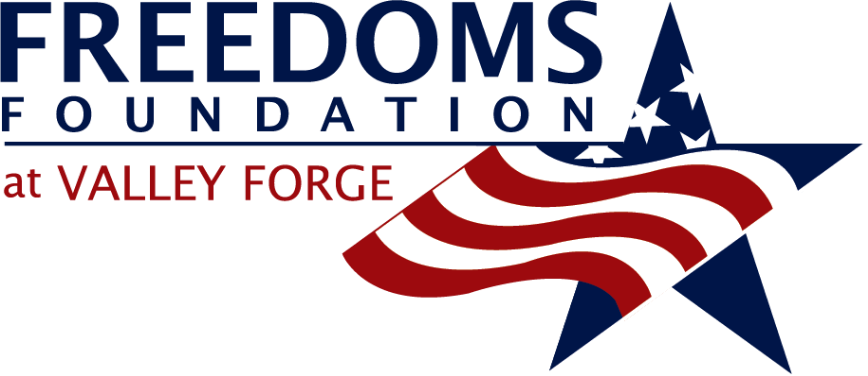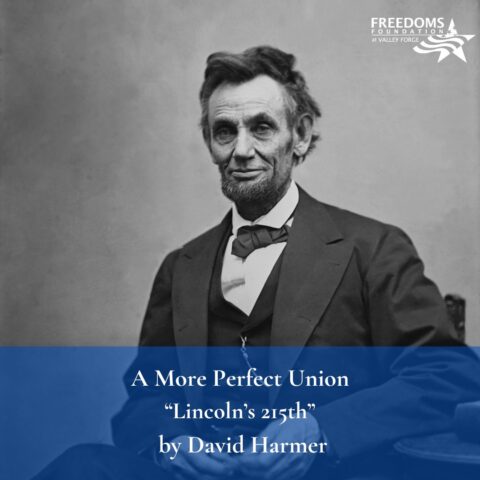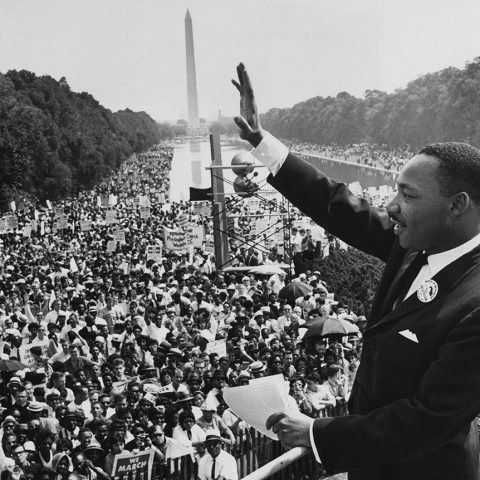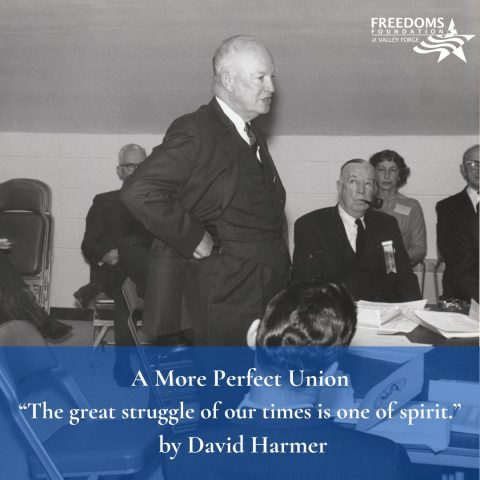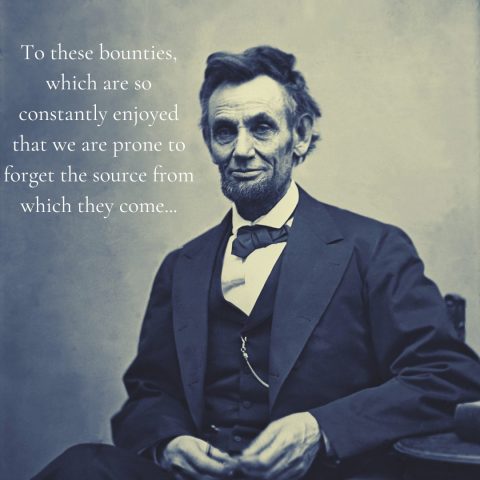Flag Day

By David Harmer
In nearly all professional sports it’s customary, before starting the game, to perform our national anthem. As the last notes approach and the crowd begins to cheer, I always have to suppress the instinct to shout, “Wait! It’s not over!” We’ve heard only the first stanza, and it leaves us hanging. It ends with a question:
O say, does that star-spangled banner yet wave
O’er the land of the free and the home of the brave?
The anthem isn’t complete until the question is answered!
When Francis Scott Key penned that question, he was referring to a specific flag: the immense American flag, 30 by 42 feet, with 15 stars and 15 stripes, that flew over Fort McHenry during the Battle of Baltimore. Two years into the War of 1812 (which lasted until 1815), Key found himself trapped on a British ship in Baltimore Harbor with the Battle of Baltimore underway. Held overnight, Key wondered whether Fort McHenry had survived the Royal Navy’s fierce bombardment.
No wonder he wondered: this was in September 1814, a grim time for the American cause. Just the month before, British troops had routed American forces and invaded Washington, D.C., capturing and burning the Capitol, the White House, and virtually every other building of note. Among those who had to flee the approaching troops was First Lady Dolley Madison. (President James Madison was already away, in the field, meeting with his generals.) Abandoning her personal belongings, Mrs. Madison chose instead to save from desecration the monumental portrait of George Washington. Little else from the White House survived. The Capitol was a smoldering ruin.
The British had taken the seat of government and humiliated the Americans. Would they now take Baltimore too? The second stanza answers:
On the shore dimly seen through the mists of the deep,
Where the foe’s haughty host in dread silence reposes,
What is that which the breeze, o’er the towering steep,
As it fitfully blows, half conceals, half discloses?
Now it catches the gleam of the morning’s first beam,
In full glory reflected now shines in the stream:
‘Tis the star-spangled banner, O long may it wave
O’er the land of the free and the home of the brave.
Thankfully, the flag still flew; the fort hadn’t fallen. The four-day fight ended with unequivocal victory: the Americans repulsed the British both on land and on sea, killed the British commander, and forced the British to withdraw.
It was a gratifying victory, to be sure. And an important one, in what is sometimes called America’s second war for independence. But why would Congress, well over a century later (in 1931), designate as our national anthem a reflection on one flag that flew over one fort in that one battle?
Because Key’s vivid lyrics transcend the particulars of that flag and that battle. The first stanza sets the stage; it asks whether the flag survived the attack and still flies. The second stanza answers enthusiastically in the affirmative. The final stanza expresses the hope that it will ever be so, and the conviction that it will indeed be so, so long as we are true to our heritage of freedom:
Oh, thus be it ever, when free men shall stand
Between their loved homes and the war’s desolation!
Blest with vict’ry and peace, may the Heav’n rescued land
Praise the Power that hath made and preserved us a nation!
Then conquer we must, when our cause it is just,
And this be our motto: ‘In God is our trust!’
And the star-spangled banner in triumph shall wave
O’er the land of the free and the home of the brave!
Our nation was founded on the conviction that all are created equal, endowed by our Creator with rights including life, liberty, and the pursuit of happiness; that governments exist to secure those rights, deriving just powers from the consent of the governed. That’s what freedom means. The American flag is its symbol.
Long may it wave! And may we, over whom it waves, bravely defend the freedoms it represents.
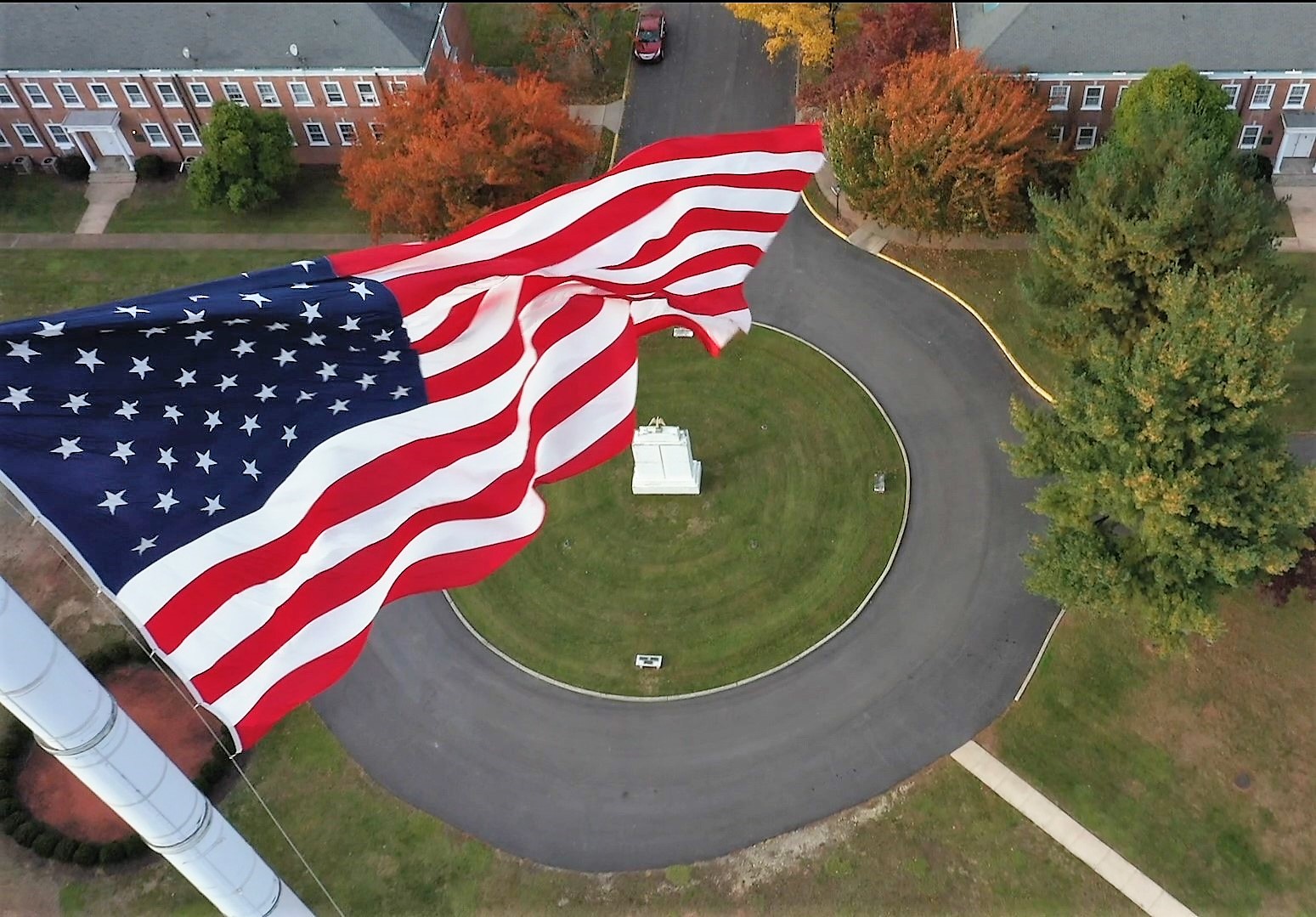
Donate Today
Supporting America’s first principles of freedom is essential to ensure future generations understand and cherish the blessings of liberty. With your donation, we will reach even more young people with the truth of America’s unique past, its promising future, and the liberty for which it stands. Help us prepare the next generation of leaders.
